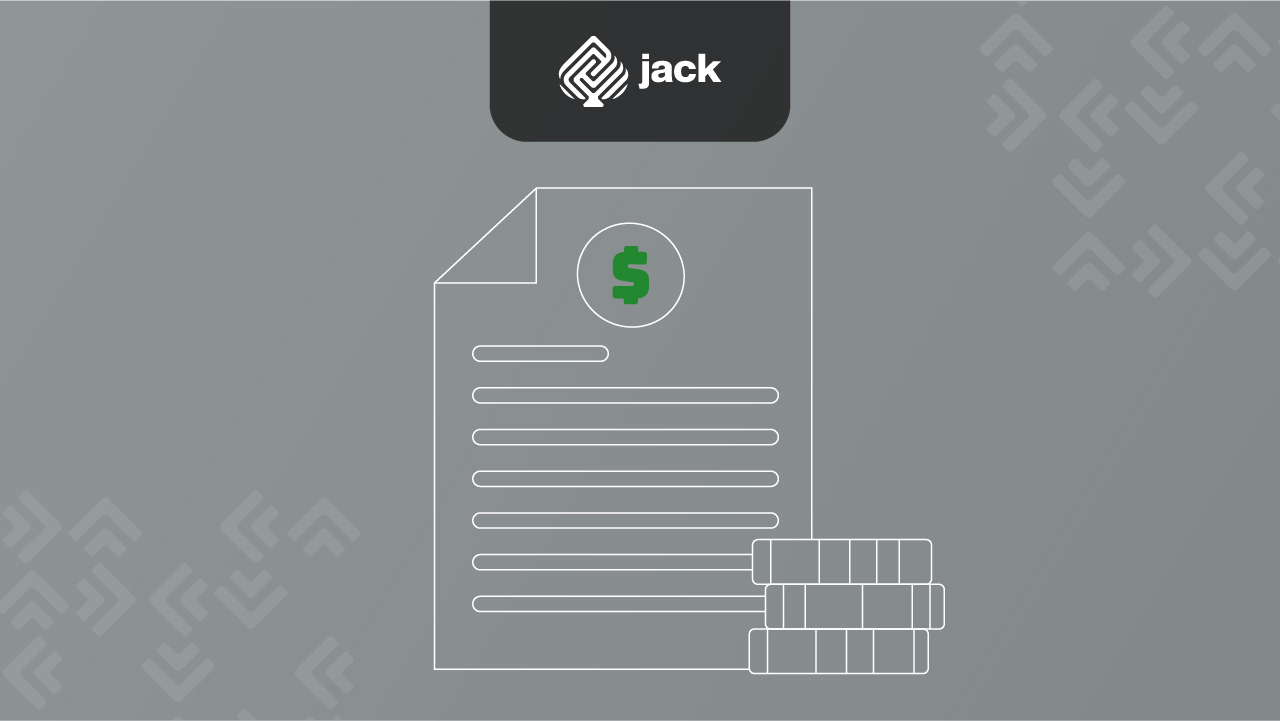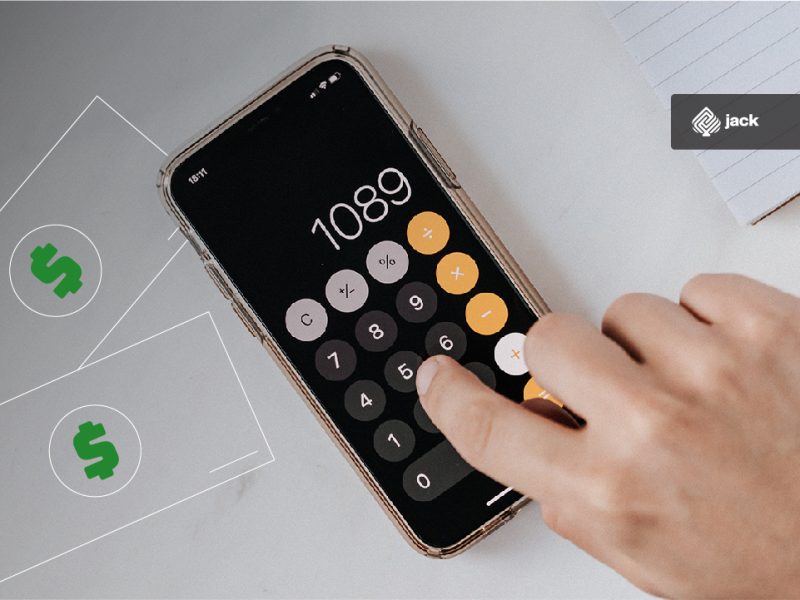Trade acceptance payable differs from trade acceptance receivable in its basic concept as an accounts receivable asset held by a company, entitling it to receive a payment specified in a trade acceptance document issued by another company that does not currently have the cash availability to fulfill the transaction.
In fact, these two types of receivables are very similar, even their documents are the same. The difference lies in the recipient of the trade acceptance.
Trade acceptance receivable is issued by the company lending money to the company that will be billed.
Trade acceptance payable has an agreement for payment within a period of less than one year and is included in the current liabilities section of the balance sheet. If the payment is made beyond one year, it can be reported as a long-term liability.
Definition of Trade Acceptance Payable

Trade acceptance payable is simply a written document that serves as a statement that the issuing company owes a debt to a specific party. The trade acceptance payable is issued by the party that has the receivable. When the trade acceptance payable reaches its maturity date, the accepting company cannot make a timely payment.
In such cases, the trade acceptance payable is recorded as a trade receivable on the books, and the accepting party incurs additional administrative costs.
With trade acceptance, the lending company can provide credit while ensuring certainty in financial reporting. It provides security for the lending company because there is a binding agreement accompanied by collateral in the form of assets that can be utilized if payment issues arise in the future.
Definition of Trade Acceptance Receivable

Trade acceptance receivable refers to a trade acceptance that can be collected from another company that owes a debt to your company. In other words, it is a document representing an outstanding debt issued by another company that has not yet made payment upon delivery of goods.
The trade acceptance document serves as the basis for recording the receivable in your company’s books because it represents a debt owed by the other company.
Based on interest charges, trade acceptances can be divided into two types: interest-bearing trade acceptances and non-interest-bearing trade acceptances. The decision to charge interest depends on the management of the lending company.
If the loaned assets have a nominal value that may result in a loss, the lending company usually imposes an interest charge to mitigate potential risks.
Differences in Characteristics between Trade Acceptance Payable and Trade Acceptance Receivable

Although trade acceptance payable and trade acceptance receivable have similarities in terms of their documents, there are also several differences in their characteristics. The characteristics of these two types of acceptances commonly used by companies are as follows:
1. Trade Acceptance Payable
Created from the Borrower's Perspective
Understanding the explanation from the perspective of trade acceptance payable, it can be understood that this type of acceptance can be created based on the perspective of the borrower or the party that should make the payment transaction. In this case, trade acceptance can be used as an official sign or proof used to provide a loan and facilitate the collection of debts from the borrowers.
Increased on the Credit Side
In the journal entries, this type of trade acceptance payable is directly increased on the credit side. However, it should be noted that trade acceptance can also be recorded on the debit side. This difference can be observed when the trade acceptance is issued. Through trade acceptance payable, it can be recorded on the credit side during issuance but will also be recorded on the debit side when it is paid.
Trade Acceptance Payable is a Liability
Trade acceptance payable is a type of liability that represents the obligation of the issuer to make payment to another party. Its principle aligns with the definition of liabilities, so this particular acceptance is known as a liability.
If a company has trade acceptance payable, it is mandatory to be paid. This is done by adhering to the previously agreed-upon terms with the other party when implementing trade acceptance.
2. Trade Acceptance Receivable
Created from the Lender's Perspective
The current application of trade acceptance receivable is different from trade acceptance payable because trade acceptance receivable is a written agreement issued directly from the perspective of the lender or the party who will receive the payment from the borrower. Therefore, trade acceptance receivable serves as evidence of the company’s debt to the lender.
Trade Acceptance Receivable Increases on the Debit Side
Another noticeable difference in trade acceptance receivable is that it increases on the debit side in the company’s journal entries. This means that trade receivables are recorded as assets, contributing to the company’s wealth. The lender can obtain additional debits, such as revenue or cash.
Trade Acceptance Receivable is an Asset
While trade acceptance payable is a liability, trade acceptance receivable is classified as an asset. Trade receivables represent wealth for a company and fall under the category of assets because there is something to be received from the lending company.
Use Jack for your business needs
In addition, trade acceptance receivable has specific records for the dates, including the issue date and due date. The lender can determine the payment dates as short-term or non-short-term, daily, or possibly monthly. This distinction sets it apart from trade acceptance payable.






